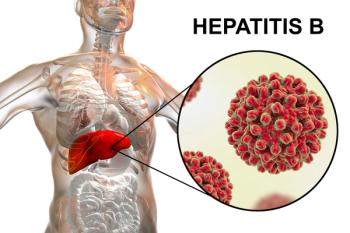
First biosimilar finally approved by FDA
The approval of the first biosimilar heralds a new era in U.S. healthcare. But the rules for biosimilar use are not quite ready for prime time.
Ned MilenkovichEarlier this year, the U.S. Food and Drug Administration (FDA) approved the first biosimilar product for use in the United States. Sandoz Biopharmaceutical’s Zarxio, a biosimilar version of Amgen Inc.’s Neupogen (filgrastim), has been approved for the same indications treated by Neupogen and is mainly prescribed to patients with myeloid leukemia, those undergoing bone marrow transplantation, and those who suffer from neutropenia.
This approval came about as a result of the abbreviated regulatory approval pathway created by the Biologics Price Competition and Innovation Act of 2009, signed into law in March 2010, as part of the Affordable Care Act.
The abbreviated licensure pathway pertains to biological products that are deemed to be “biosimilar” to or “interchangeable” with an FDA-licensed biological product, designated as the “reference product.” Biosimilar products may rely on certain existing scientific knowledge about the safety and effectiveness of the reference product, allowing the biosimilar to be approved with a relaxed requirement pertaining to certain product-specific preclinical and clinical data. Approval by the FDA requires that the biosimilar have the same mechanism of action, route of administration, and dosage form and strength as the reference product, as well as the same indications and conditions of use.
Obstacles to adoption
Although the first biosimilar has just received approval, experts in the industry believe there is a long road ahead for companies looking for FDA approval of their biosimilars. Barriers to the adoption of biosimilars are vast; among them, differing state laws constitute a primary obstacle.
While most states have passed legislation allowing pharmacists to substitute generics without having to obtain physician approval, the same cannot be said of biosimilars. Most states have yet to pass laws determining when and how pharmacists may substitute biosimilars. For the states that have passed legislation, most have passed laws preventing pharmacists from substituting biosimilars without notification of and approval by the physician.
Another impediment to the adoption of biosimilars in the United States is the lack of FDA guidance on testing requirements and naming protocols. Brand-name drug companies want to keep biosimilars from using the nonproprietary drug name. They believe that disallowing similar naming conventions will help to avoid confusion and aid in tracking any adverse effects resulting from the respective drugs. However, biosimilar companies argue that use of different naming conventions will only cause more confusion, because the practice suggests that the product is clinically different, when in fact it may not be.
Other barriers include the lack of familiarity with biosimilars throughout the healthcare community and uncertainty surrounding the payer reimbursement structure.
Perhaps most significant, in addition to all the other obstacles, are the high costs associated with biosimilar development. According to one manufacturer, which has been distributing biosimilars in Europe for several years, the development of a biosimilar takes anywhere from eight to 10 years, with costs in the range of hundreds of millions of dollars.
The outlook
Recent studies performed by the RAND Corporation estimate that biosimilars have the potential to save approximately $44 billion in the United States over the next 10 years. However, the actual savings realized will hinge on the relaxation of many of the barriers to market entry that still exist for biosimilar products.
It is to be hoped that as the states continue to pass legislation on substitution of biosimilars by pharmacists, a clearer pathway for biosimilar adoption will ensue. The FDA also has stated that it will be issuing draft guidance regarding the naming conventions in “the near future.”
This forward progress, along with the recent approval of Zarxio, should increase familiarity with these products among physicians and help to create a more cohesive environment for biosimilars in years to come.
Newsletter
Pharmacy practice is always changing. Stay ahead of the curve with the Drug Topics newsletter and get the latest drug information, industry trends, and patient care tips.











































































































































































































